Animals such as weasels, stoats, and civets are known for their ability to emit strong odors that can be intolerable to many people. Yet in nature, if you were to compare which creatures emit the most pungent odors, these animals might not top the list. Let’s explore the world’s most notoriously smelly animals. On the list are skunks, small anteaters, vultures, millipedes, ring-tailed lemurs, hyenas, blizzard shearwaters, bull Elephants-Are-Endangered.html">elephants, musk pheasants, sloths, etc. They are "famous" in the animal kingdom in their own unique ways. ;.
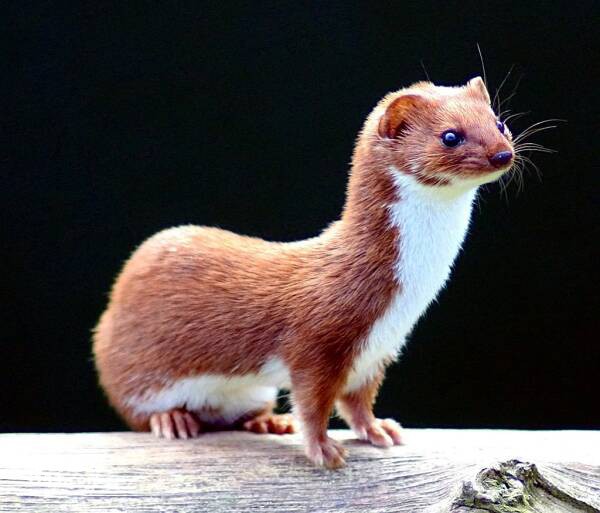
weasel
In fact, most of the reasons why these animals emit strong odors are to defend themselves against predators or to mark their territory. In this list, the animal ranked first is undoubtedly outstanding in this regard, and the smell it emits is definitely "worthy of its name". This interesting ranking not only reveals an aspect of nature's biodiversity, but also brings us insights into the unique adaptation strategies of these organisms.
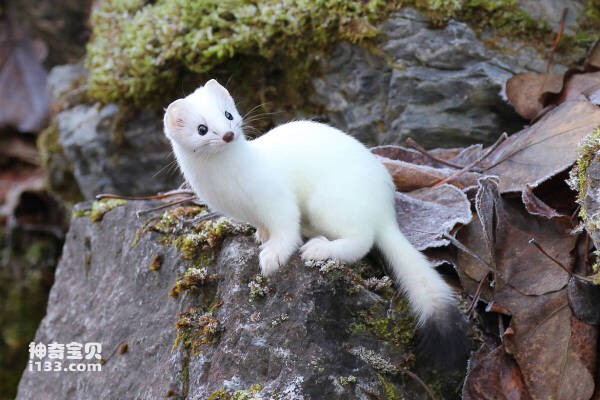
stoat
Please note that this list is only for entertainment and science education purposes. Different environments and sensory experiences may cause huge differences in the perception of "stinky smell". For interested readers, exploring the insights provided by these "world's smelliest animals" will be a unique experience.
1. Skunk
When faced with a threat, skunks respond by secreting a foul-smelling fluid from their anal glands, which contains low-grade thiols. This smelly liquid can accurately hit the target within a range of 3 meters, causing an unbearable smell. These thiols not only have an unpleasant smell, but are also toxic and can affect the central nervous system, causing symptoms such as headaches, nausea and temporary blindness. They are vividly described as "spicy eyes".
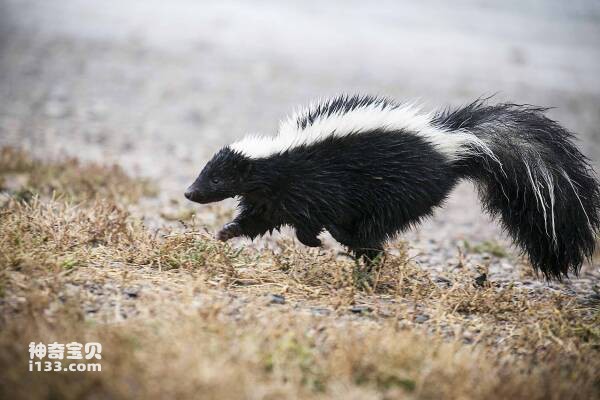
Despite the weapon's power, skunks are in no rush to use it because their anal glands can only store about 11 milliliters of stink bomb, enough to spray five or six times. Refilling the glands takes about 10 days. This small animal armed with chemical weapons is therefore known as the "stinkiest animal", not only because of its effective stinky attack, but also because of its unique and eye-catching self-defense mechanism.
2. Little anteater
The little anteater is about half a meter long. It secretes a smelly liquid through the anal glands located on both sides of the anus. It has a very smelly smell similar to solid musk. Its range of influence can even reach 50 meters. Some people think that its smell is even better than that of a skunk. ! When a baby anteater senses danger, it will hiss a warning sound. If the warning is ineffective, it will raise its tail and release an extremely strong "stink bomb".

However, the chances of a small anteater releasing stinky liquid are relatively rare because the smell it emits is too pungent. Therefore, on the South American continent, predators such as jaguars and tiger cats basically do not interfere with it, because this little anteater is too disgusting. Its strong defense mechanism makes other predators reluctant to antagonize it, viewing it as an entity with unique self-protection capabilities.
3. Vulture
Vultures are birds that feed on carrion and soon emit an unpleasant odor after eating, making themselves smelly. Surprisingly, vultures like to vomit and even spit out part of their food when feeding their eaglets. When faced with danger or frightened, vultures will vomit more intensely in order to lose weight and escape quickly. Its foul-smelling vomit contains stomach acid, enough to burn the eyes and nose of its enemies.
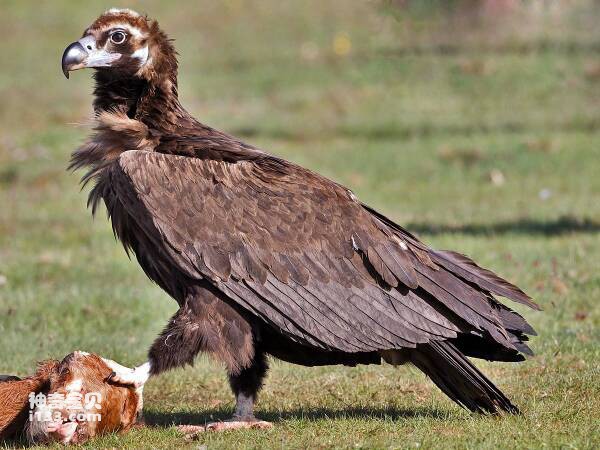
When the vulture's body temperature is too high, it will choose to discharge the smelly excrement directly on its legs, using the evaporation of the liquid to dissipate heat, and at the same time using the uric acid in the excrement to have a bactericidal effect. The stench of corpses, the pungent sour smell of vomit, and the stench of excrement are all intertwined, making vultures the third stiniest animal on the list.
4. Millipedes
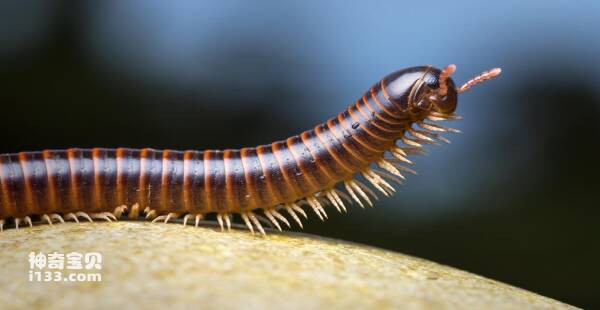
The sides of the millipede's body are lined with stink glands that squirt out a liquid so disgusting that even insect-eating birds are put off by it. The stink of this millipede is rich in a variety of toxic substances, including hydrogen cyanide and other substances, which can burn the skin and eyes of intruders and even cause temporary blindness. The venom is also highly corrosive and can corrode the exoskeletons of ants or other insects. Millipedes rank fourth because the venom of just one millipede is enough to kill a white mouse up to six times. And 100 millipedes acting together are enough to take away a person's life!
5. Ring-tailed lemur
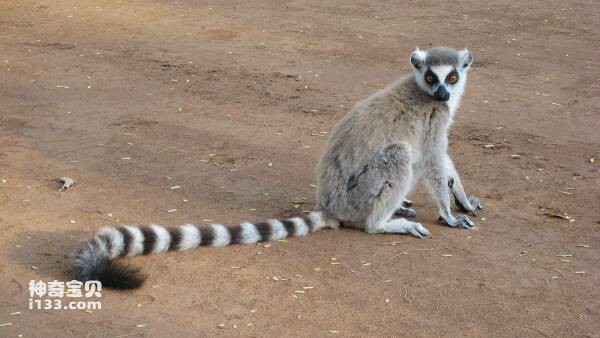
Ring-tailed lemurs live in dry forests in the south and west of Madagascar in Africa. They have three sets of odor glands on their bodies, which are located in the anus, armpits and other locations. They can secrete a pungent body fluid that is used to mark territory and road signs. . One group of odor glands is located on the inside of the wrist joint, and these glands are more developed in male monkeys. This stink not only repels enemies, but also plays an important role in courtship. The concentration of odor not only has an important impact on the attractiveness of the female monkey, but also determines the status in the monkey group. In a nutshell, whoever smells worse will occupy a higher position in the monkey group and become the "boss".
6. Hyena
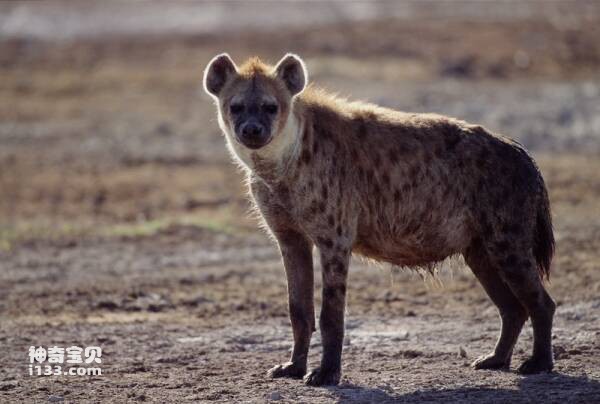
In Africa, the second brother of Africa is usually described as obscene and cruel, but in comparison, hyenas are the "stinky dogs" that really make those who smell them sick. The dogs secrete a foul-smelling condensation near their anus, known as hyena butter. Hyenas like to use this substance as their own special mark, smearing it everywhere in their territory and when facing lions to demonstrate their sovereignty. This butter pervades the entire steppe, causing the surrounding environment to stink with its success. Even after a month, the paste still retains its pungent smell. Hyenas not only stink themselves, but they also tend to live in groups, spreading their scent throughout the group. This makes hyenas a "notorious" thing on the grassland, a presence that cannot be ignored for surrounding creatures.
7. Blizzard Shearwater [hù]

The blizzard shearwater is unique in the animal kingdom. Once angered, it will retaliate by spitting out a foul-smelling substance. From eggs to young birds to adults, blizzard shearwaters carry an unpleasant odor and can be called a real "stinky bird". The birds feed mainly on carrion and garbage, and what they spit out is a mixture of fermented fish oil, stomach acid and fish waste that emits an extremely unpleasant odor. If this foul-smelling substance is sprayed onto the feathers of other birds, it will destroy the water-repellent properties of the feathers and may ultimately lead to death.
Blizzard shearwaters defend themselves by vomiting when threatened. Even a baby blizzard shearwater, about four days old, can regurgitate objects several meters long. As adults, they become more skilled in "shooting" and can shoot three or more times in a row. This defense mechanism makes the blizzard shearwater a formidable presence, challenging other creatures that try to get close to them.
8. Elephant
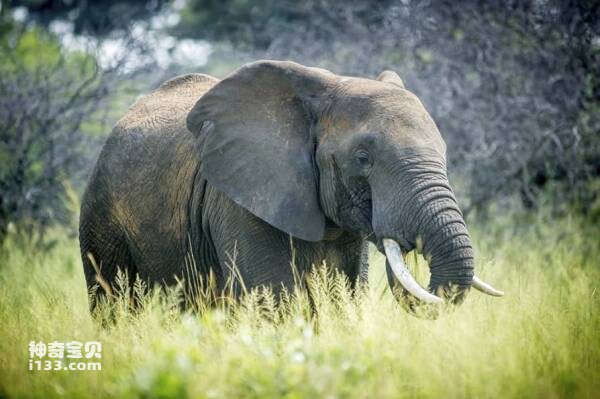
Bull Elephants-Are-Endangered.html">elephants urinate down their legs and secrete an indescribable mucus from their faces. When the green fluid from the body mixes with the mucus secreted by the glands in the face, it creates an extremely disgusting odor. This unacceptable smell has become a symbol of the bull elephant's identity and status. Bull Elephants-Are-Endangered.html">elephants can judge the strength and status of their opponents based on the intensity of this smell. Sometimes a breath of this foul smell is enough to scare away their opponents. This is not an exaggeration.
9. Musk Pheasant
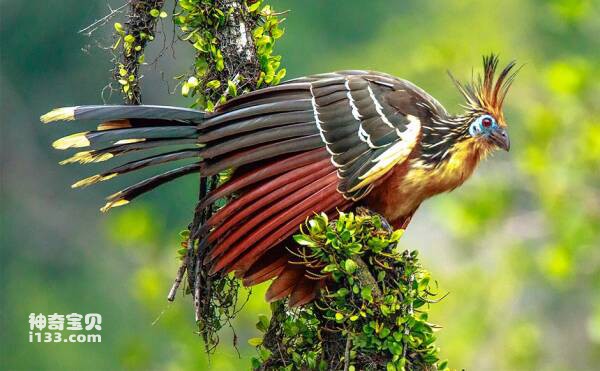
The musk pheasant, also known as the stinkbird, is a bird that produces foul odors. They were given the name "musk deer" because they give off an intolerable odor. Musk pheasants live by eating leaves and fruits throughout their lives and do not prey on insects or grains. When the musk pheasant digests the leaves, the bacteria and enzymes in its crop react with the cellulose in the leaves, acting like a super "fermentation machine", thus producing an extremely pungent smell. If you keep eating it, it will keep smelling bad!
10. Sloth

You may not have thought that this cute and cute sloth could be such a smelly animal. Sloths usually live in tropical rain forests. They have a very charming appearance and have natural dark circles under their eyes. This animal is extremely lazy and can often hang upside down on a tree branch for hours without moving. It can be said to be one of the few wild animals that looks like a plant.
Sloths rarely bathe, bathing only a handful of times over the course of their decades. This makes people think that if someone doesn’t take a bath for decades, he might be able to be on the “stinking list” like a sloth!
The ranking of the stinkiest animals in the world is mainly compiled from descriptions on relevant websites. The list is for your reference and entertainment only. If you have any questions, please leave comments/criticisms at the end.
animal tags: Skunks vultures millipedes hyenas sloths
We created this article in conjunction with AI technology, then made sure it was fact-checked and edited by a Animals Top editor.